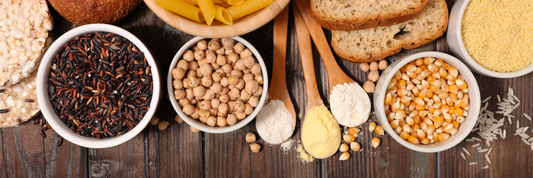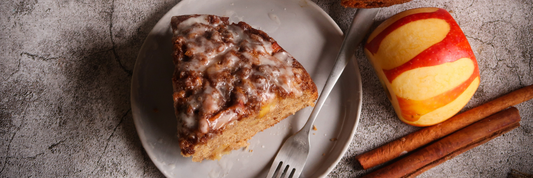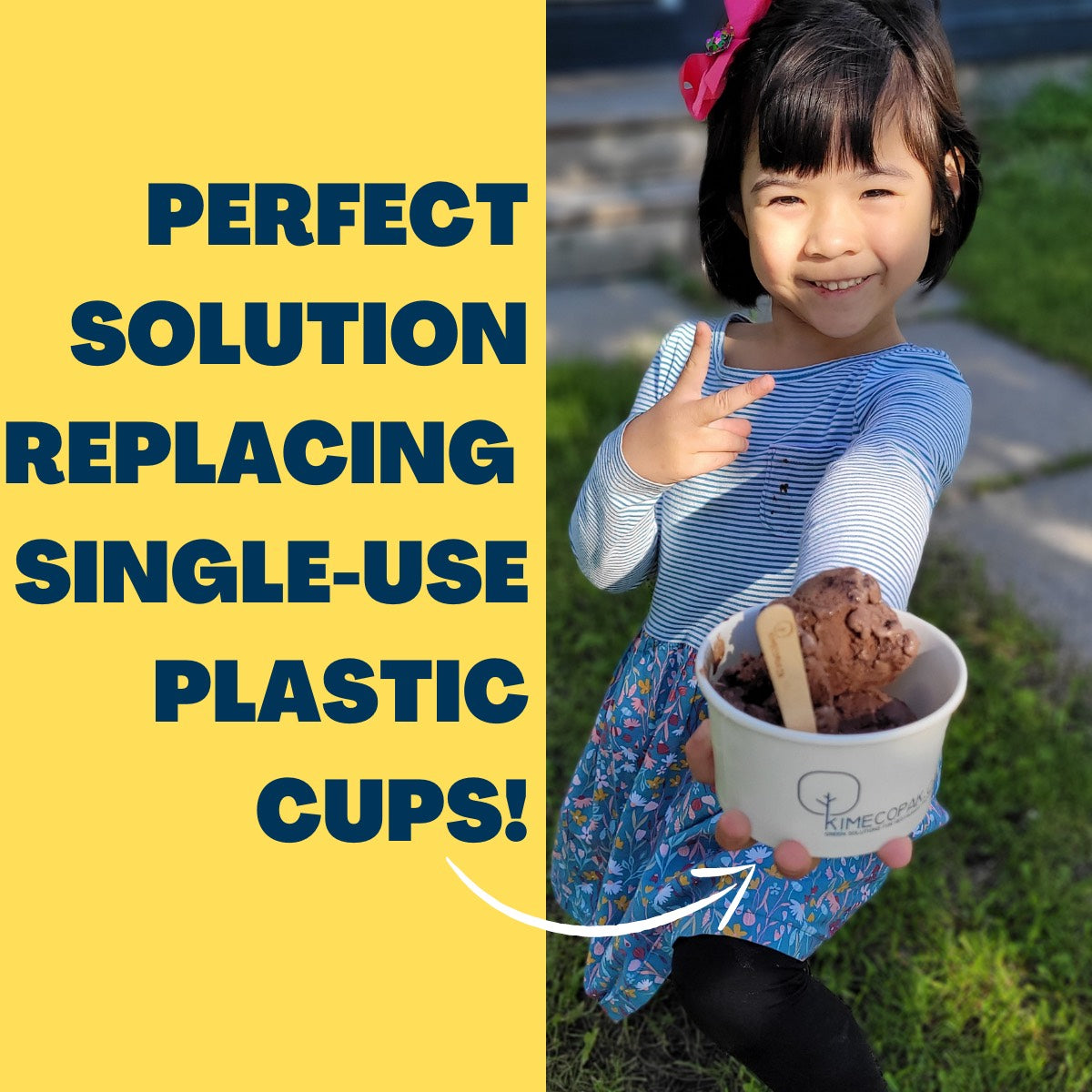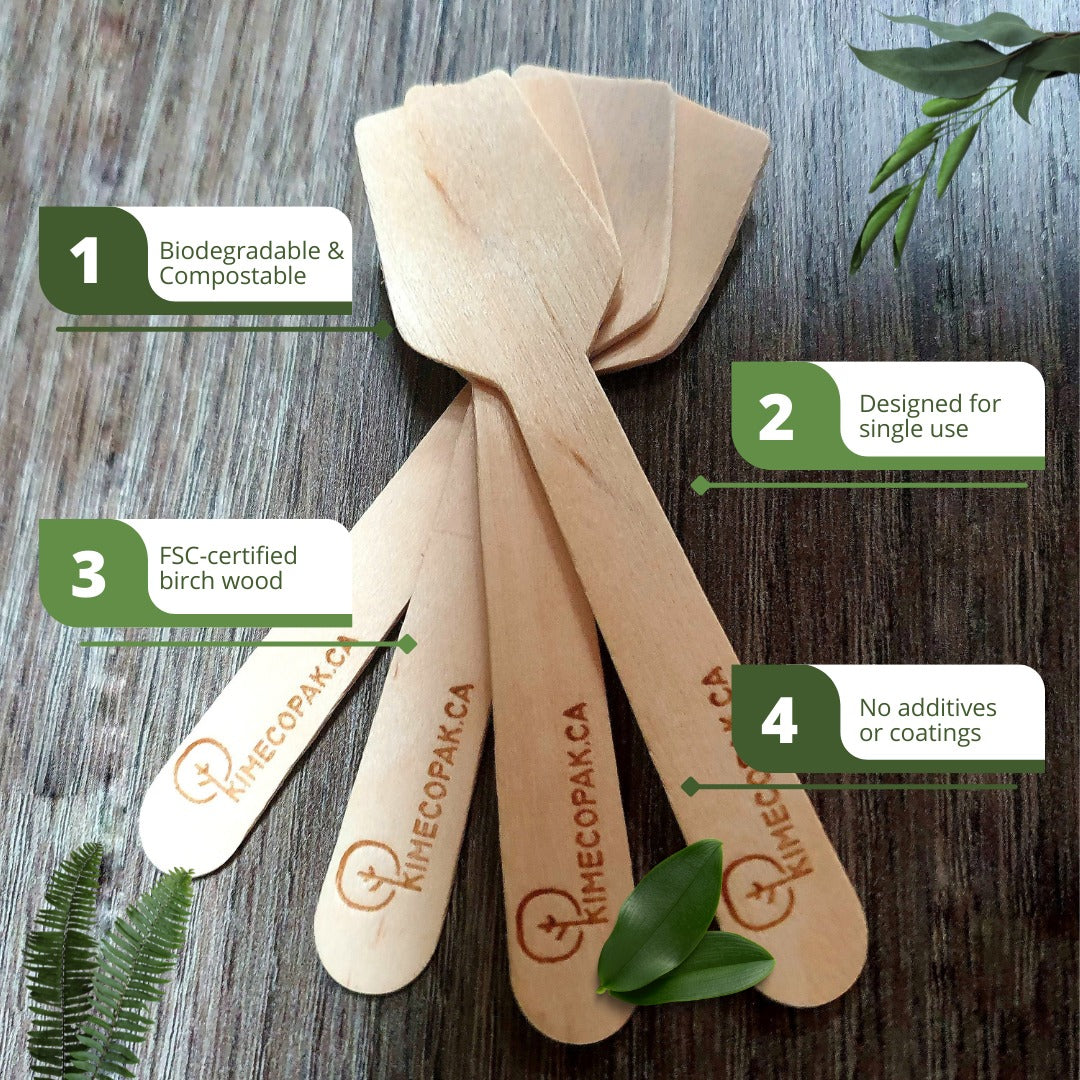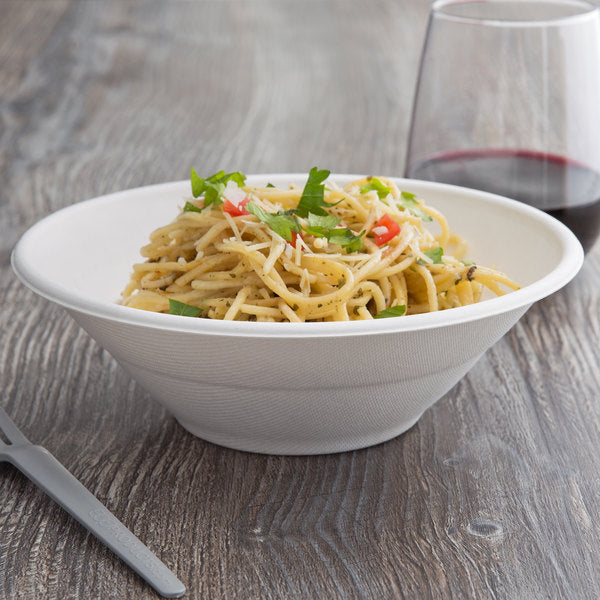Boba tea typically consists of brewed tea, milk or non-dairy alternatives, sweeteners, and chewy tapioca pearls. However, for individuals with gluten intolerance or celiac disease, an important question arises: Is boba tea gluten-free? This article provides a detailed analysis of whether boba tea and its ingredients are safe for a gluten-free diet.
What is Gluten?
Gluten is a protein found in wheat, barley, and rye. It acts as a binding agent in many foods, providing elasticity and structure. However, for people with celiac disease, gluten intolerance, or wheat allergies, consuming gluten can cause serious health issues, including digestive problems, inflammation, and autoimmune reactions.
A gluten-free diet eliminates all sources of gluten, requiring careful evaluation of food and drink ingredients, including boba tea.
Is Bubble Tea Gluten Free?
A standard bubble tea consists of several components:
- Tea Base – Black tea, green tea, oolong tea, or other variations.
- Milk or Dairy Alternative – Regular milk, almond milk, oat milk, soy milk, or coconut milk.
- Sweeteners – Sugar, brown sugar syrup, honey, condensed milk, or artificial sweeteners.
- Tapioca Pearls (Boba) – Chewy balls made from tapioca starch.
- Additional Toppings – Popping boba, jelly, grass jelly, red beans, pudding, etc.
Tea, milk, and ice are naturally gluten-free, but what about the toppings? That depends on their ingredients. Surprisingly, tapioca—and therefore boba pearls—contain no gluten. However, some unique bubble tea toppings might be different, so it's always a good idea to check with the boba barista to ensure they align with your dietary needs.
To directly answer the question: yes, bubble tea itself is entirely gluten-free. The only potential exception is fruity bubble teas. While they don’t inherently contain gluten, certain pre-made or processed versions found in some boba shops may include gluten-containing additives.

Are Tapioca Pearls (Boba) Gluten-Free?
Composition of Tapioca Pearls
Tapioca pearls, also known as boba, are made from tapioca starch, which is derived from the cassava root. Cassava is naturally gluten-free, making tapioca pearls safe for people with gluten intolerance in their purest form.
Possible Gluten Contamination in Tapioca Pearls
Despite being naturally gluten-free, some tapioca pearls may pose a risk of gluten exposure due to:
- Cross-Contamination in Manufacturing – Some factories process tapioca pearls in facilities that also handle wheat-based products.
- Added Ingredients – Some brands may include additives, preservatives, or flavoring agents that contain gluten.
- Cooking Methods in Bubble Tea Shops – Shared equipment or utensils used for gluten-containing foods may introduce contamination.
To ensure gluten safety, individuals should choose certified gluten-free tapioca pearls and inquire about preparation methods in bubble tea shops.
Are Other Bubble Tea Ingredients Gluten-Free?
Tea Base
Pure tea (black, green, oolong, or white tea) is naturally gluten-free. However, flavored teas or instant tea powders may contain gluten-based additives. Checking ingredient labels is recommended.
Milk and Non-Dairy Alternatives
- Regular milk (cow’s milk) – Gluten-free.
- Plant-based milk (soy, almond, oat, coconut) – Most are gluten-free, but oat milk can be problematic if not labeled gluten-free due to cross-contamination with wheat during processing.
Sweeteners
- White Sugar, Brown Sugar, and Honey – Naturally gluten-free.
- Brown Sugar Syrup – Typically gluten-free, but some brands may use additives that contain gluten.
- Condensed Milk and Creamers – Some non-dairy creamers contain thickeners or malt-based additives, which may include gluten.
Flavored Syrups and Powders
Flavored syrups are commonly used in bubble tea, including taro, matcha, and fruit flavors. Risks include:
- Taro Powder – Some taro powders contain gluten as a thickening agent.
- Matcha Powder – Pure matcha is gluten-free, but flavored matcha powders may include gluten-based fillers.
- Fruit Syrups – Generally gluten-free, but some brands may use artificial ingredients that include gluten.
Additional Toppings: Are They Gluten-Free?
- Popping Boba – Often gluten-free, but some brands use gluten-containing thickening agents.
- Grass Jelly & Herbal Jelly – Typically gluten-free.
- Red Bean & Mung Bean Paste – Naturally gluten-free.
- Egg Pudding – Some versions may contain gluten-based stabilizers.
When choosing toppings, always check ingredient labels or ask the bubble tea shop for detailed information.
Is Taro Bubble Tea Gluten-Free?
Taro bubble tea is made with taro root, which is naturally gluten-free. However, many shops use taro-flavored powders, which often contain gluten as a filler or thickener. If you want a gluten-free taro bubble tea, opt for drinks made with real taro puree instead of powdered mixes.

Is Brown Sugar Boba Gluten-Free?
Brown sugar boba is a popular variation of bubble tea that uses brown sugar syrup to coat the tapioca pearls. In most cases, brown sugar syrup is gluten-free, but:
- Some pre-made syrups may include caramel coloring or flavoring agents that contain gluten.
- Cross-contamination may occur in some bubble tea shops if the same utensils are used for different ingredients.
For a gluten-free option, confirm with the shop that their brown sugar syrup does not contain additives with gluten.

Potential Gluten Cross-Contamination in Bubble Tea Shops
Even if all individual ingredients are gluten-free, cross-contamination can occur during preparation due to:
- Shared Equipment – Blenders, shakers, and cooking pots used for gluten-containing products.
- Unlabeled Powders & Syrups – Some shops use bulk ingredients without clear gluten-free labeling.
- Tapioca Pearls Cooked in Shared Water – If the same cooking water is used for wheat-based products, contamination is possible.
How to Minimize Cross-Contamination Risks
- Ask if the shop uses separate utensils and cookware for gluten-free options.
- Request ingredient details and check for gluten-free certifications.
- Choose simpler drinks with minimal ingredients to reduce contamination risks.
Cross-Contamination Risks & How to Avoid Them
Even if the core ingredients of boba tea are gluten-free, cross-contamination can be an issue, especially in cafes that use shared equipment. Here’s how to reduce your risk:
-
Check the tapioca pearls’ ingredients: Some brands may use wheat-based additives.
-
Ask about preparation methods: Ensure blenders, shakers, and utensils are cleaned properly.
-
Be cautious with flavored powders: Many contain gluten-derived ingredients.
-
Opt for dedicated gluten-free boba shops: Some establishments cater specifically to gluten-sensitive customers.
Recommended Certified Gluten-Free Boba Brands

For a safe and delicious boba experience, consider purchasing from these certified gluten-free brands:
-
Tea Zone Gluten-Free Tapioca Pearls – Verified gluten-free and widely available online.
-
Bossen’s Gluten-Free Bubble Tea Mixes – Offers a variety of flavors without gluten.
-
Boba Guys’ House-Made Pearls – Crafted with gluten-free ingredients and minimal additives.
-
Nature’s Root Organic Tapioca Pearls – A great option for home boba-making.
Can You Drink Bubble Tea on a Gluten-Free Diet?
Safe Gluten-Free Bubble Tea Choices:
Plain brewed tea with milk and sugar.
Tapioca pearls from certified gluten-free brands.
Natural fruit-based syrups without artificial additives.
Toppings like red bean, grass jelly, or fresh fruit.
Bubble Tea to Avoid or Check Carefully:
Taro-flavored powders (choose real taro instead).
Non-dairy creamers (check for gluten-based thickeners).
Popping boba (confirm gluten-free certification).
Blended or pre-mixed bubble tea drinks (may contain gluten fillers).
By selecting certified gluten-free ingredients and verifying preparation methods, individuals with gluten intolerance can safely enjoy bubble tea. Always communicate dietary restrictions clearly when ordering to avoid cross-contamination risks.
For guaranteed safety, making homemade gluten-free bubble tea is the best option.
Conclusion
Boba tea can be a gluten-free beverage if the right ingredients are used and cross-contamination is avoided. While pure tea, milk, tapioca pearls, and natural sweeteners are typically gluten-free, certain flavored powders, syrups, and toppings may contain gluten or be at risk of contamination.


